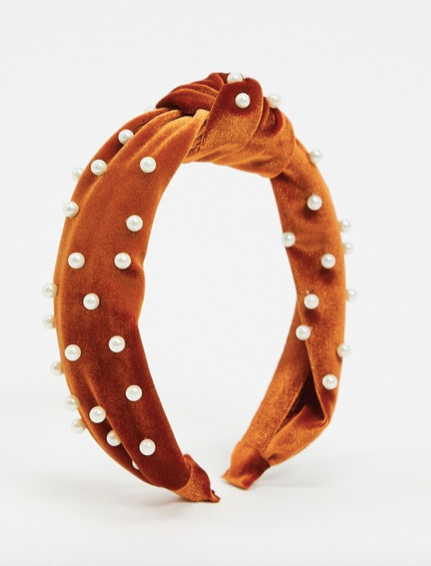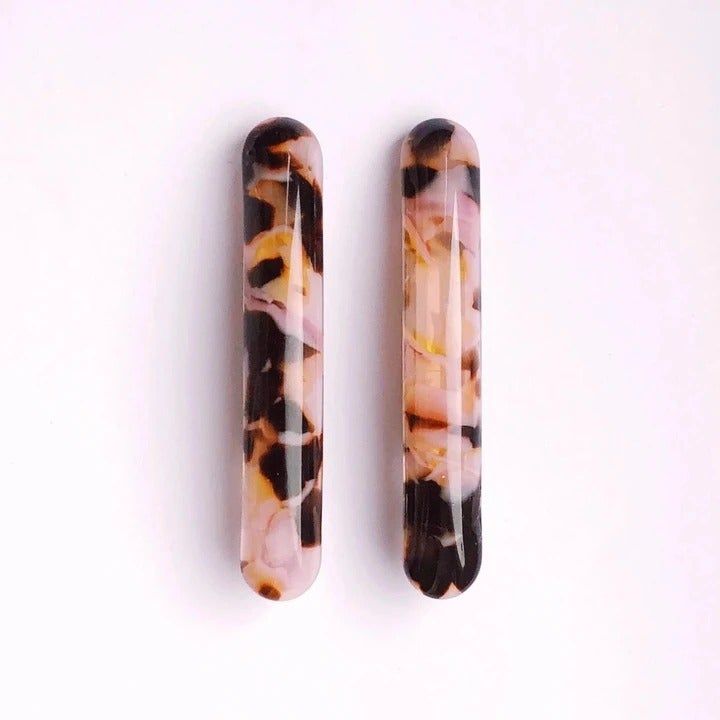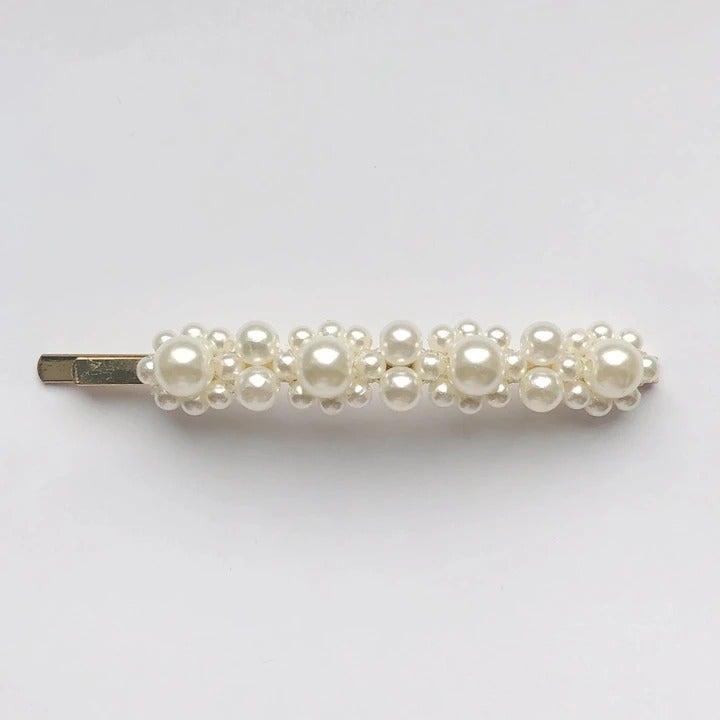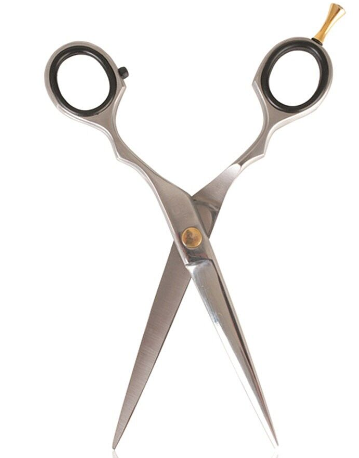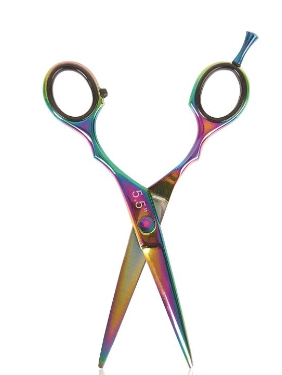How To Successfully Trim Your Fringe While Social Distancing
Photo: Edward Berthelot/Getty Images.
Normally, inexplicable boredom is a perfectly acceptable reason to get a haircut. You can't put your finger on why, but you want a change — maybe a new bang shape or a shoulder-skimming lob — so you book an appointment with your stylist. Of course, given the fact that salons are closed to slow the spread of COVID-19, the familiar impulse is out of reach.
All this means that you might be bored at home right now and hyperaware that your fringe hasn't seen scissors in months. You might even be thinking: Maybe I should just trim it myself? But before you do that, it's important to proceed with caution. To help, we tapped three professional hairstylists to share their advice. Keep scrolling for the ultimate step-by-step guide to the DIY fringe trim.
AdvertisementADVERTISEMENT
First, Try To Wait It Out
We can't talk about the at-home bang trim without having you answer one important question: Do you really need to cut your own fringe? "I would wait it out, if you can," says Bumble & bumble stylist Erickson Arrunategui. "This is not the time to panic cut. You'll end up FaceTiming your mum in tears with a botched fringe." Olivia Casanova, a fellow NYC-based stylist out of IGK Salon echoes the advice. "I think it’s best to just wait until you can see a professional," she explains. "In the meantime, push them or pin them to the side. It gives you a good chance to play around with hair accessories.”
If You Must Trim, Use Proper Scissors
If you can’t wait to trim your fringe, make sure you find a pair of sharp, fine-tipped scissors. "I'd recommend ordering a new pair of hair scissors, ones with a very sharp, thin tip," says Arrunategui. If you're looking to make do with what you have around the house, Isabel Azocar, a stylist out of Ian McCabe Studio in Washington D.C., recommends grooming scissors. "In a pinch, you could use brow scissors, beard-trimming scissors, or even the tiny cuticle scissors that come in manicure kits," Azocar says. "The smaller the blades, the smaller the likelihood of error. Whatever you do, don't use a pair of kitchen or office sheers."
AdvertisementADVERTISEMENT
Cut On Dry Hair With No Tension
"Wet hair trends to shrink up when it dries," explains Arrunategui. "So if you cut your hair when it's damp, you'll likely end up with a shorter result than you intended once it's all dry. For that reason, it's best to cut dry hair using little or no tension, so you don't accidentally take off more than you mean to." Casanova agrees and also recommends blowing out your fringe with a hairdryer beforehand, if that's how you normally style them. Again, this lowers the risk of surprises in the end.
Work In Small Sections
Once you have your sharp scissors and dry, styled fringe, pull the rest of your hair back and gather your fringe together. "You want to section your bangs horizontally in half — clipping the top half up with a barrette or hair pin — then start by trimming the bottom layer," Azocar recommends. "You'll want to start cutting in the middle, starting at your part, and slowly work your way outwards to each side. Once you've trimmed the bottom layer, let the top section down, comb it all together, and use the under layer as a guide."
Make sure you take your time and only dust your ends. You can always cut more by repeating this process, so remove only the smallest amount of hair to start.
Make sure you take your time and only dust your ends. You can always cut more by repeating this process, so remove only the smallest amount of hair to start.
Cut Into The Hair, Not Across It
The best technique for bang-trimming is called point cutting, which involves cutting into the hair as opposed to slicing straight across. "Point cutting is when you hold the scissors vertically and cut into the fringe," explains Azocar. "It allows you to barely chip away at the split ends and avoid any harsh lines."
Keep in mind that since you're using sharp scissors you might not be familiar with, it's very easy to cut yourself (or an eyebrow), so be very careful. Arrunategui agrees, adding one final note: "Work in micro movements, and keep in mind, less is more," he says. "Or actually, maybe don’t cut your own fringe."
Keep in mind that since you're using sharp scissors you might not be familiar with, it's very easy to cut yourself (or an eyebrow), so be very careful. Arrunategui agrees, adding one final note: "Work in micro movements, and keep in mind, less is more," he says. "Or actually, maybe don’t cut your own fringe."
AdvertisementADVERTISEMENT







